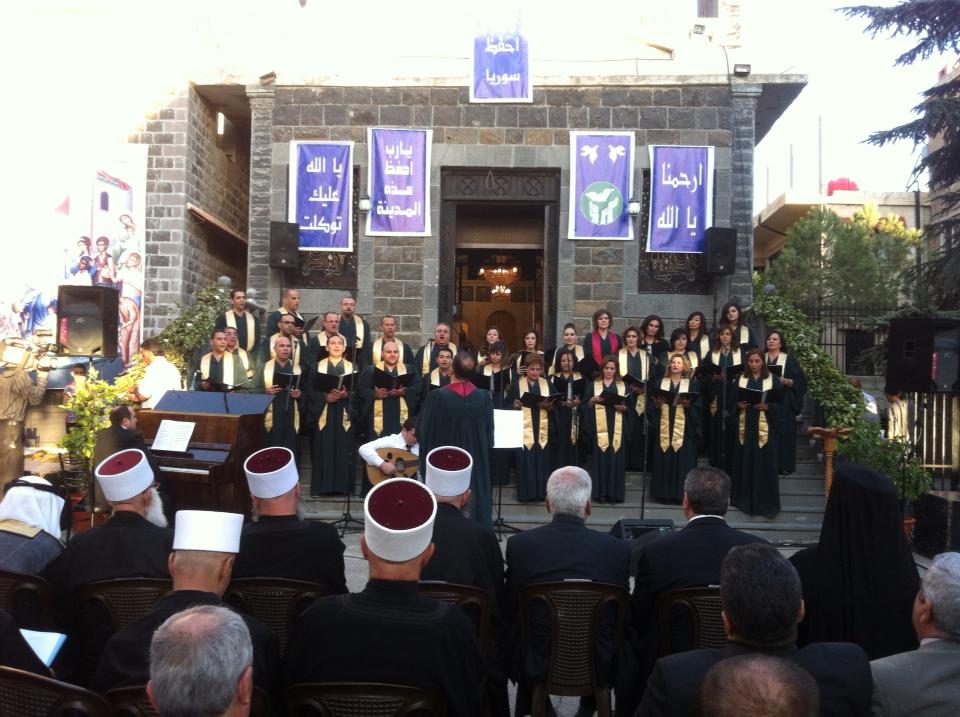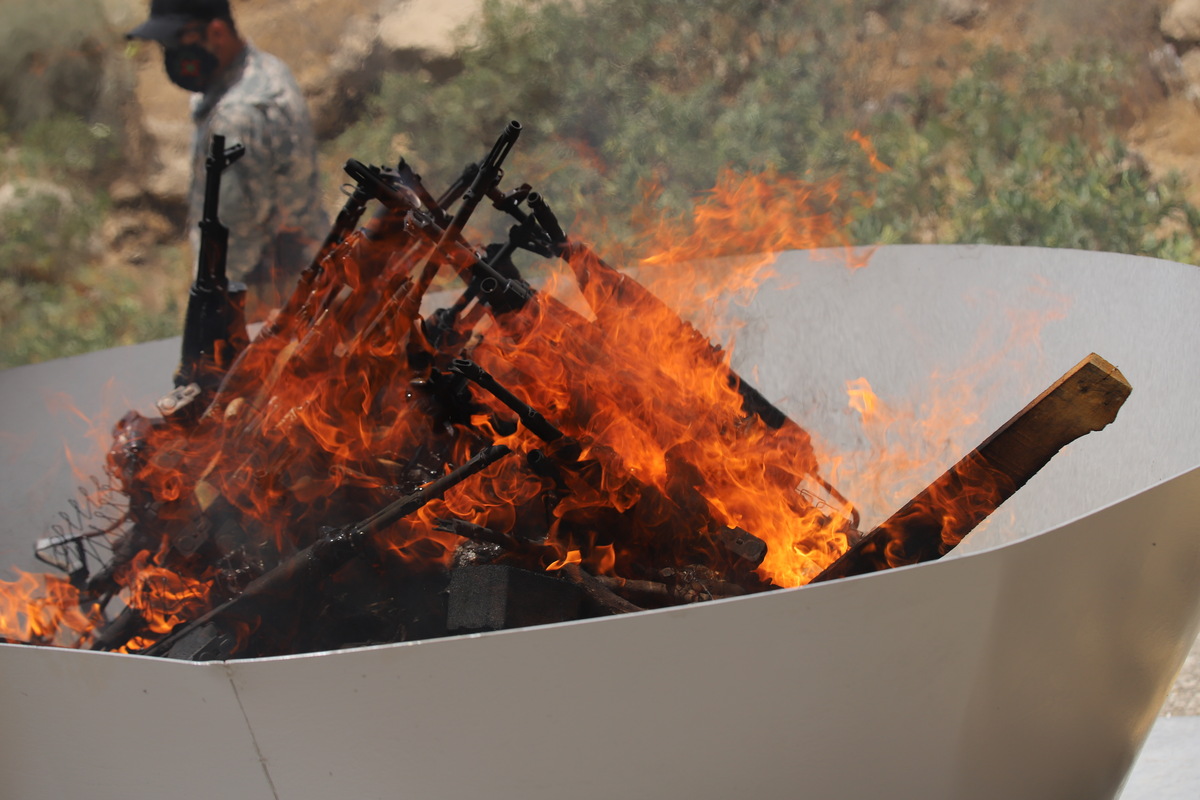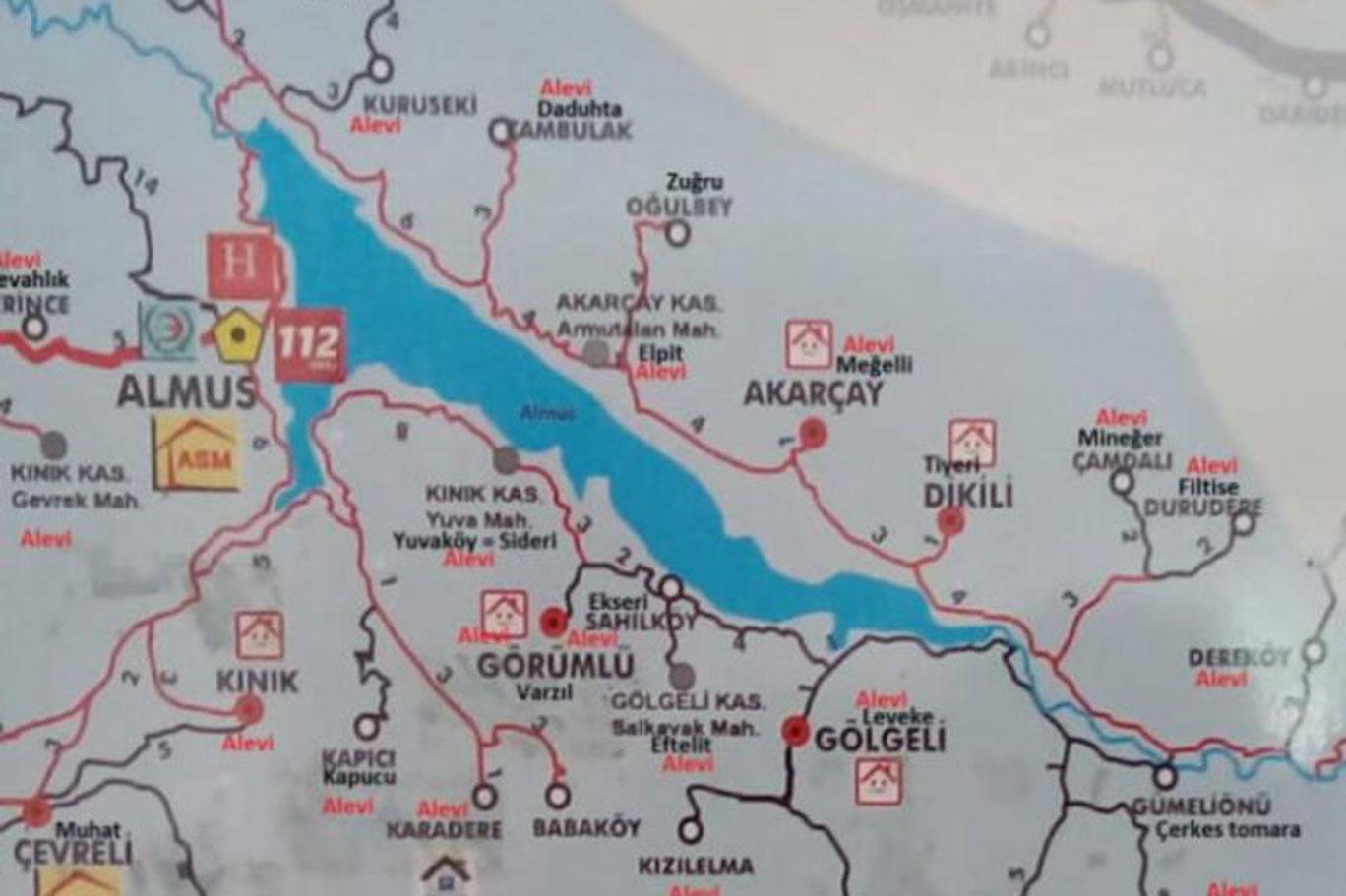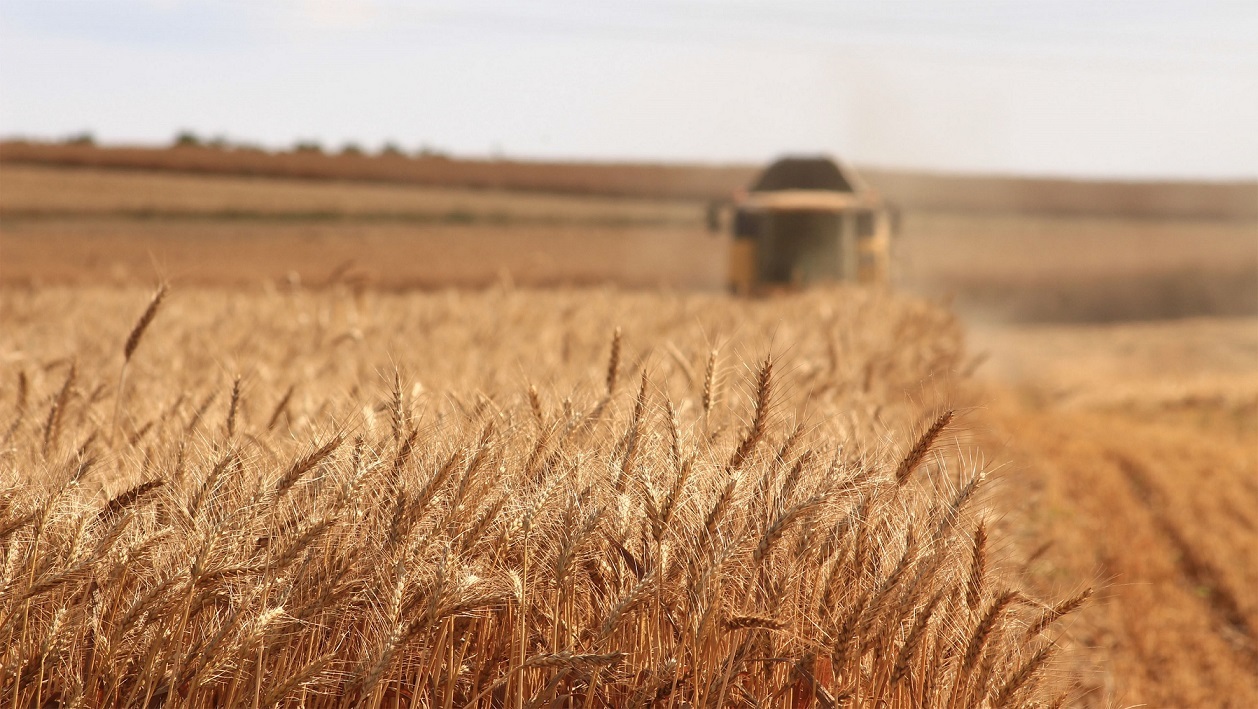Syria: Which Flag Flies in the Heart of Suwayda’s People?
Christian and Druze celebrations in As-Suwayda | Picture Credits: Wikimedia Commons
Between February 28 and July 22, 2025, the author of these lines was in Suwayda, a province in southern Syria, where his Druze family lives in various towns and villages. Following violent attacks in May and July by government forces and Bedouin tribes against local communities, key questions emerged concerning the Druze position on Ahmad al-Sharaa’s government and their connection to Israel. This article aims to offer some answers.
In August 2023, Suwayda made headlines by reigniting the spirit of the Syrian Revolution. In Dignity Square, demonstrators openly defied the Assad regime, waving the three-star independence flag and chanting the same democratic and secular slogans heard during the March 2011 uprising.
This was possible because, although punished economically and neglected by the regime, Suwayda had not experienced full military occupation. This de facto autonomy stems largely from its unique history. Since the late 19th century, Suwayda has resisted Ottoman, French, and later Israeli colonization. It was the birthplace of Sultan Basha al-Atrash, a key figure in Syria’s independence. In 1918, he and his fighters were among the first to raise the Arab flag in Damascus after the fall of the Ottoman Empire. Later, he fought the French from 1930 to 1946 and remained a supporter of Arab unity and the Palestinian cause well into the 1970s.
Another reason for Suwayda’s independence is the Druze community’s longstanding resistance to authoritarian rule from Damascus. In 1954, their opposition contributed to the fall of dictator Adib Shishakli, who had repressed Druze communities. He was later assassinated in exile in Brazil by a Druze. In 1966, a failed coup reportedly led by Druze officers convinced the Assad family not to confront the Druze directly, but to marginalize Suwayda’s development—a strategy continued under Bashar al-Assad.
After the 2011 uprising began, the Druze spiritual leadership initially adopted a neutral stance. However, by 2014, community-based defense factions drew a clear red line: they would not join the regime’s war nor send their youth to fight fellow Syrians. That year, Sheikh Wahid al-Balous founded the Men of Dignity movement, which shielded an estimated 50,000 young Druze from conscription. Al-Balous openly opposed the Assad regime and clashed with the Syrian army to protect local sovereignty.
His bold defiance made him a target. In September 2015, he was assassinated. The operation had the tacit approval of Sheikh Hikmat al-Hajari, Suwayda’s leading religious authority, while the province’s two other senior Druze Sheikhs were reportedly coerced into silent consent—having long opposed al-Hajari’s dominance.
After al-Balous’s death, Suwayda’s internal political landscape shifted. Several armed groups emerged. The Men of Dignity and the Mountain Brigade became prominent, while al-Balous’s son, Laith, was pushed out of his father’s movement in late 2015 and later founded his own militia: the Sheikh of Dignity Forces. Around the same time, the U.S. supported the creation of an Anti-Terrorist Force, linked to the Federalist Brigade Party. Another key group, the Army of Monotheists, had existed since 2013. Unlike the others, it supported the Assad regime, focusing on defending the Druze from Islamists. Ideologically close to al-Hajari, it also maintained ties with the Druze community in Israel, including a large Zionist component represented by Sheikh Muwaffaq Tarif.
Paradoxically, some members of the Army of Monotheists were connected to the regime’s National Defense Forces and the ultranationalist Syrian Social Nationalist Party. Yet between 2015 and 2025, most of Suwayda’s factions and civilian population opposed both Assad and Islamist rebels—particularly after ISIS remnants massacred nearly 260 civilians in Suwayda in the summer of 2018, following their relocation from the Yarmouk camp by the regime.
In 2023, sensing Assad’s downfall was near, Laith al-Balous—who had broken away from the Sheikh Al-Karamah Forces —and Suleiman Abdul-Baqi, a former criminal turned militia leader, sought tactical ties with Hayat Tahrir al-Sham. Meanwhile, Sheikh al-Hajari publicly voiced support for the protesters in Dignity Square. But after the regime collapsed, the three men became bitter rivals. Al-Balous and Abdul-Baqi appeared willing to cooperate with the newly established government of Ahmad al-Sharaa, while al-Hajari took a firm stance against it.
Soon after, the Military Council of Suwayda was formed, led by Tareq al-Shoufi, an army officer who had defected back in 2015. Gradually, smaller local factions joined forces with the Military Council and al-Hajari, adopting a federalist rhetoric openly hostile to what they saw as an illegitimate transitional government. Among them were the Army of Monotheists and the Sheikh of Dignity Forces.
In December 2024, Suwayda celebrated Assad’s fall like the rest of Syria. The Syrian independence flag was proudly flown, and until late April, the dominant sentiment in the province supported national unity and democratic transition.
This opposition stemmed from two primary fears: first, the legitimate concern over religious persecution—confirmed by summary executions of Alawite civilians by government forces between December and March—and second, the fear of retaliation from former regime agents who had embedded themselves within Druze militias to retain weapons and influence.
Yet until April 2025, federalist and separatist positions remained marginal among Druze. In December 2024, Suwayda celebrated Assad’s fall like the rest of Syria. The Syrian independence flag was proudly flown, and until late April, the dominant sentiment in the province supported national unity and democratic transition. Supporters of al-Hajari, the Army of Monotheists, and the Military Council were generally unwelcome in Dignity Square. When they did appear—sometimes carrying portraits of al-Hajari and Muwaffaq Tarif—it was seen as an attempt to provoke tension. In March, the Army of Monotheists raised the Israeli flag at a major city roundabout, but it was quickly removed afterward. Nonetheless, they increasingly replaced the independence flag with the Druze flag throughout the province.
Beyond this polarization, public opinion within the Druze community could be grouped into three broad categories. The largest, by far, prioritized preserving Syrian unity while pushing for a democratic, decentralized, and secular system. This group sought to integrate Druze fighters into a local security apparatus managed under the Ministry of the Interior. A second, smaller group favored greater autonomy through a federal or regional system, rejecting full integration into the central government. Finally, a third minority fully accepted Damascus’s authority, supporting the deployment of government forces—composed of both locals and outsiders—to Suwayda.
When Ahmad al-Sharaa seized power in March 2025, following brutal massacres on Syria’s coast, only this third group retained any trust in the regime’s intentions. However, by late April, government forces and their Salafist auxiliaries launched attacks on the Druze community in Suwayda for the first time. These assaults shattered any remaining hope for democratic decentralization. The final blow came during the July massacres, after which no one in Suwayda defended integration with the central government.
The Druze are not pro-Israel; they fight for survival.
By August, Syrian independence flags were taken down, replaced by Israeli flags raised by those long awaiting this moment—ironically, in the very square where less than two years earlier, the people of Suwayda had hoisted the Palestinian flag in solidarity with Gaza. The Druze are not pro-Israel; they fight for survival. While many Syrians did little to prevent the massacre of their Druze neighbors, it was the Israeli Air Force that intervened. When hundreds of your relatives are executed, perspectives shift dramatically. Survival instincts reshape priorities, tolerance, and one’s sense of reality. Yet, the guiding principles of Suwayda’s Druze remain those of Sultan Basha al-Atrash: freedom, unity, and dignity. The flag that best symbolizes their identity is still the Syrian independence flag, long before it was appropriated by the fighters of Jabhat al-Nosra

Cédric Domenjoud
Cédric Domenjoud is an independent researcher and activist based in Europe. His research areas focus on exile, political violence, colonialism, and community self-defense, particularly in Western Europe, the former USSR, and the Levant. He is investigating the survival and self-defense of Syrian communities and developing a documentary film about Suwayda, as part of the Interstices Fajawat project (interstices-fajawat.org).




